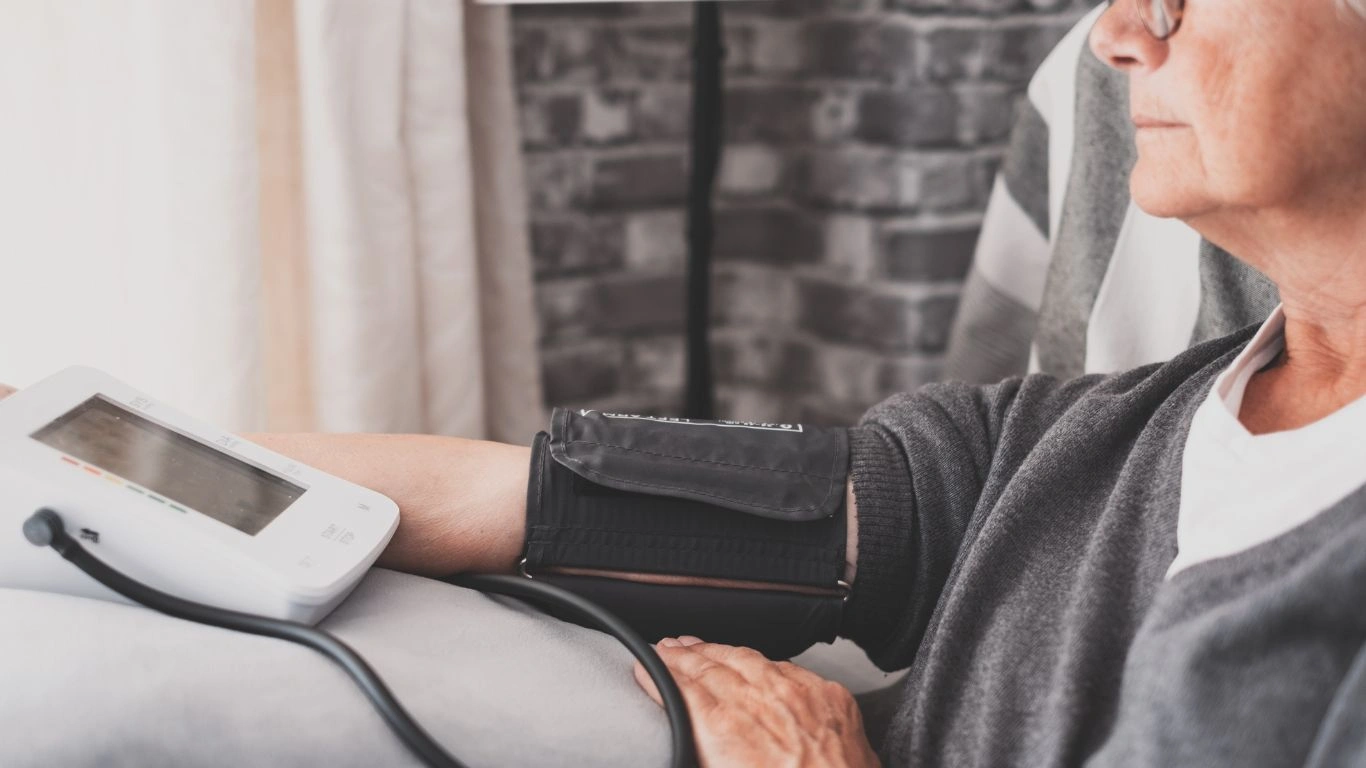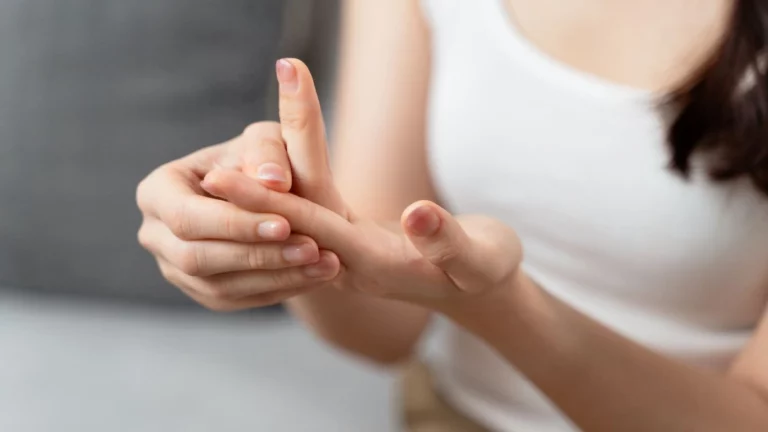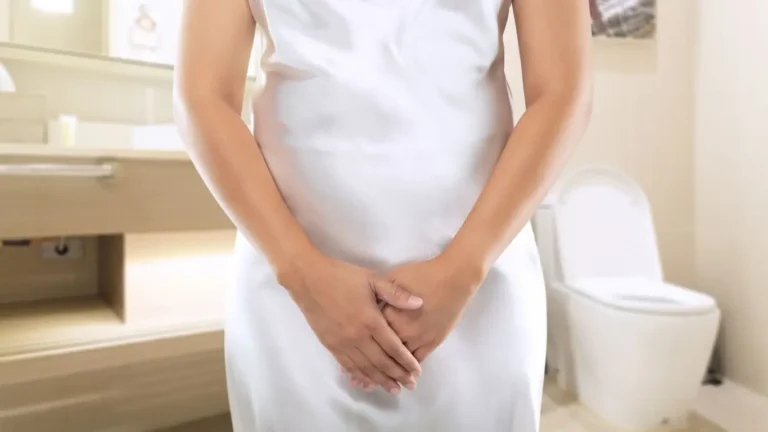Best Indoor Hobbies to Reduce Hypertension and Feel Amazing Daily
Let’s be real for a second — managing hypertension doesn’t stop at the pharmacy or your next doctor’s appointment. As an internal medicine physician, I’ve seen firsthand how lifestyle changes can make or break a patient’s blood pressure journey. One overlooked but incredibly powerful tool? Hobbies. Yep, those low-key activities you do for fun. And today, we’re diving into the best indoor hobbies to reduce hypertension. Not only are these activities enjoyable and relaxing, but many of them come with sneaky health benefits — including lowering stress, boosting mood, and even improving heart health. Trust me, I’ve recommended these to patients and seen real, measurable results. And hey, I’ve tried a bunch of them myself too.
Why Indoor Hobbies Matter for Blood Pressure

When we talk about hypertension management, most people jump to medication, diet, and exercise. And yes — those are vital. But I always tell my patients that chronic stress is like the sneaky villain in this story. You can eat the perfect DASH diet and still see your numbers spike if your stress levels are through the roof.
That’s where indoor hobbies step in. These aren’t just time-fillers — they’re tools. Activities that help you unplug, breathe deeper, and engage in something that brings joy or meaning can nudge your blood pressure downward over time. Some even help regulate your nervous system, quiet racing thoughts, and encourage mindfulness. We’re talking about a lifestyle approach here, not a quick fix.
Science Backs This Up
Numerous studies have shown that engaging in calming, mentally absorbing hobbies can reduce levels of cortisol (your stress hormone) and lower systolic and diastolic blood pressure readings. One patient of mine started practicing indoor gardening during the pandemic and saw her BP drop by 10 points over a few months. No med change. Just soil, plants, and a little peace and quiet.
1. Creative Arts and Crafts
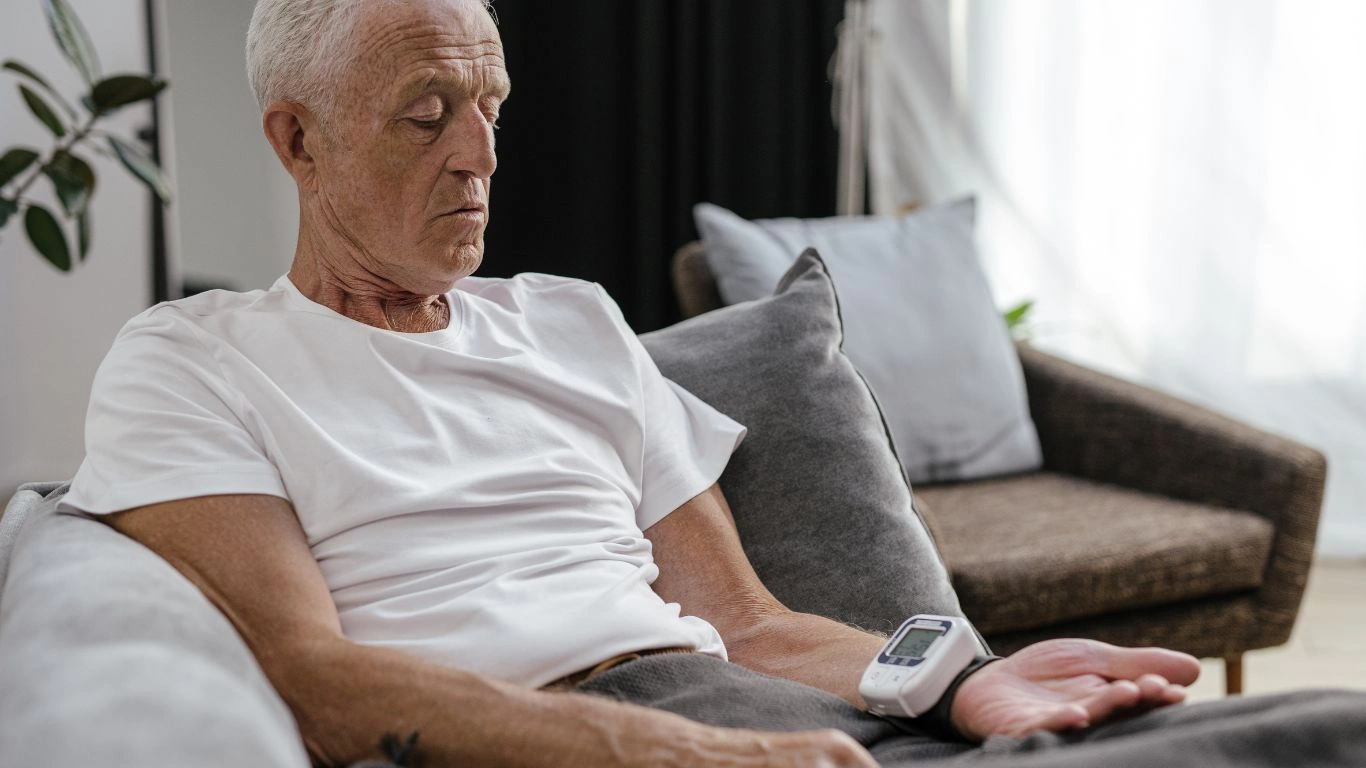
How It Helps
Painting, sketching, knitting, or even coloring aren’t just Pinterest-worthy pastimes — they are surprisingly therapeutic. When your hands are busy, your mind tends to slow down. It’s almost meditative. And no, you don’t have to be “good” at art to reap the benefits.
- Knitting and crocheting: The repetitive motion is rhythmically soothing and almost meditative.
- Adult coloring books: Focused coloring is known to lower anxiety levels and support mindfulness.
- Painting and drawing: Taps into the creative side of your brain and provides an emotional outlet.
I had a hypertensive patient in her 60s pick up watercolor painting after retirement. She described it as “better than therapy” and saw her BP readings stabilize within weeks. No side effects, no co-pays — just color and canvas.
2. Indoor Gardening (Yes, Really!)
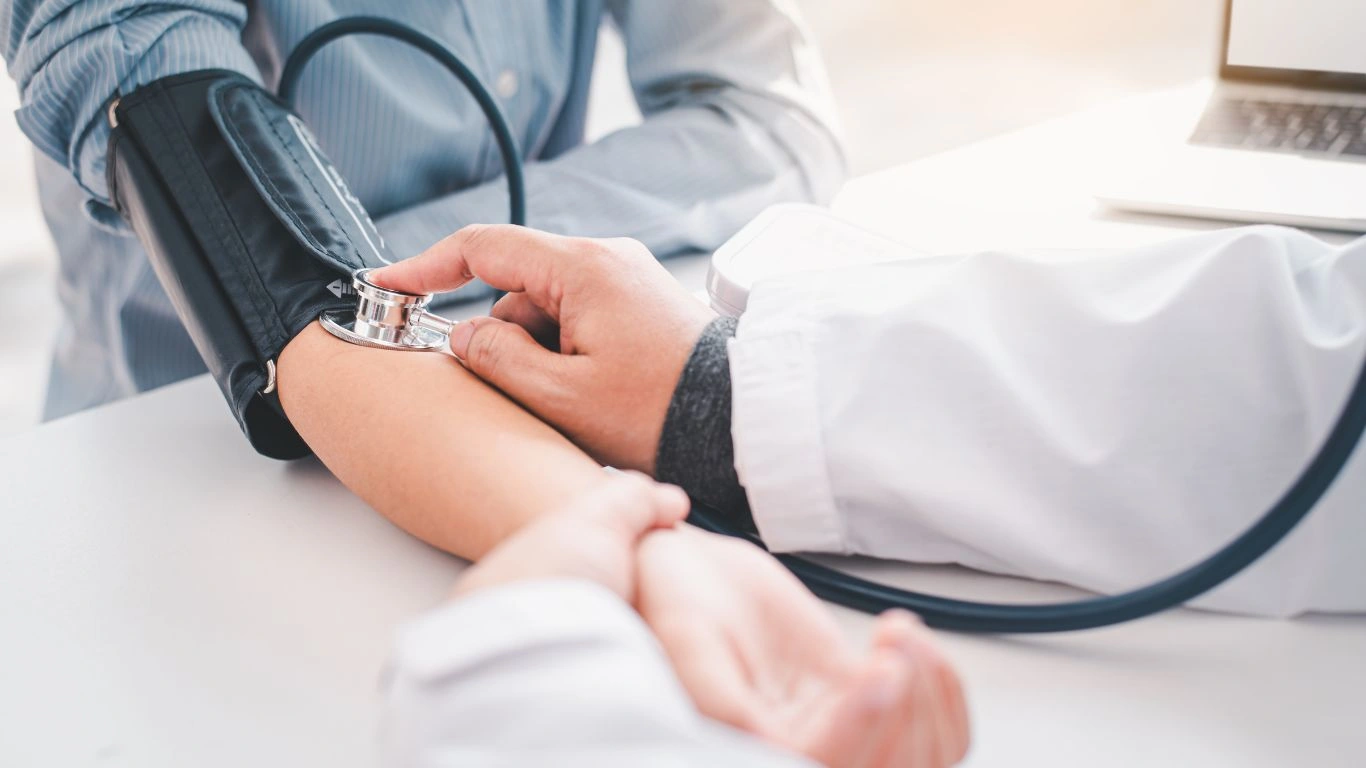
Bringing Nature Inside
You don’t need a backyard or a greenhouse. A sunny windowsill and a few pots can work wonders. Tending to plants helps people slow down and stay present. There’s something oddly healing about watching something grow — especially when you’re the one nurturing it.
- Herbs like basil or mint: Easy to grow and practical in your kitchen.
- Snake plants or pothos: Low-maintenance and great for air purification.
- Succulents: Cute, compact, and hard to kill (a favorite for beginners).
One of my patients turned her living room into a mini jungle. She started with a peace lily, then added spider plants, ferns, and eventually an avocado tree (don’t ask me how she got it to fruit indoors — I’m still impressed). But her blood pressure dropped by 15 points. She’s convinced the plants are magic. Maybe they are.
Bonus: Clean Air + Calm Vibes
Some plants even improve indoor air quality — which can benefit cardiovascular health. Plus, the act of watering, trimming, and even just looking at greenery has a measurable calming effect on the nervous system. It’s like biofeedback therapy, but leafier.
3. Puzzle Play: Train the Brain, Tame the Pressure
The Zen of Focus
Puzzles — jigsaw, sudoku, crosswords — help shift focus away from worries and into the moment. That kind of focused attention gives the mind a break from spiraling thoughts and encourages slower breathing patterns, which naturally brings blood pressure down. Seriously, give it 15 minutes — you’ll feel the difference.
There’s a reason I keep a puzzle book in my office break room. A few patients of mine have even started weekly puzzle nights with their families. One told me, “We argue less now — we’re too busy trying to finish the damn puzzle.” Connection, laughter, and concentration. All good for the heart.
4. Cooking as Therapy: The Delicious Side of Wellness
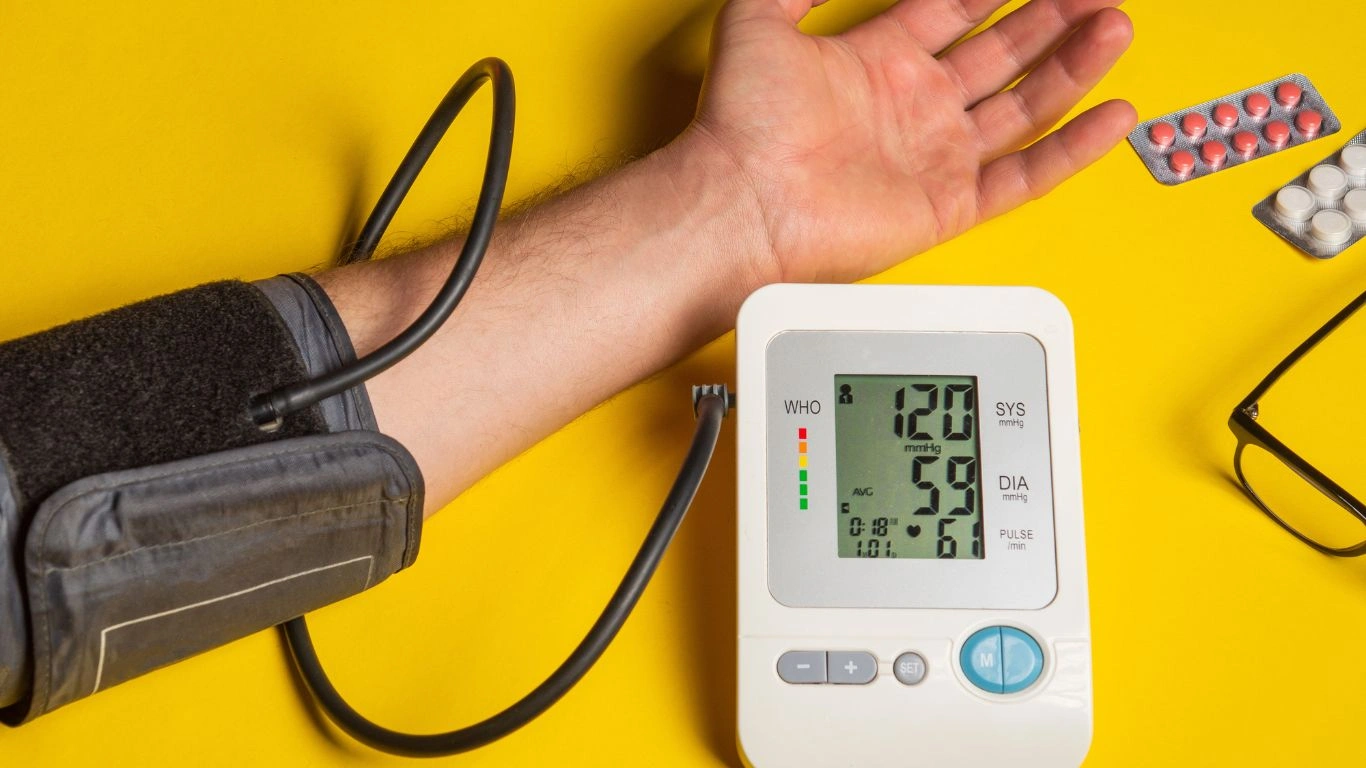
I’ll admit it — I didn’t fully appreciate the therapeutic power of cooking until I was deep into med school and living off vending machine snacks. These days, cooking is one of my favorite go-to resets after a stressful clinic day. It’s mindful, creative, and (best part) you get to eat when you’re done. What’s not to love?
For patients managing hypertension, cooking at home puts you back in control. You choose the ingredients, the salt levels, the oils — everything. I always tell my patients, “If it comes in a box and has a commercial, it probably isn’t helping your blood pressure.” Homemade meals, on the other hand, can be both healing and tasty.
Low-Sodium Doesn’t Mean Low Flavor
- Experiment with herbs and spices: Garlic, turmeric, basil, and rosemary are amazing flavor boosters that don’t raise your BP.
- Batch cooking: Prepping meals in advance can reduce stress during busy weeks and helps you avoid takeout traps.
- Try new cuisines: Mediterranean, Japanese, and Indian cooking often feature heart-healthy staples that are naturally lower in sodium.
One of my longtime patients, a retired teacher, started baking her own whole grain bread. She said the kneading process was like anger management therapy — “but with carbs.” She’s now down 12 pounds, off one BP med, and running a bread club in her retirement community. Power move.
5. Music: The Blood Pressure Bouncer
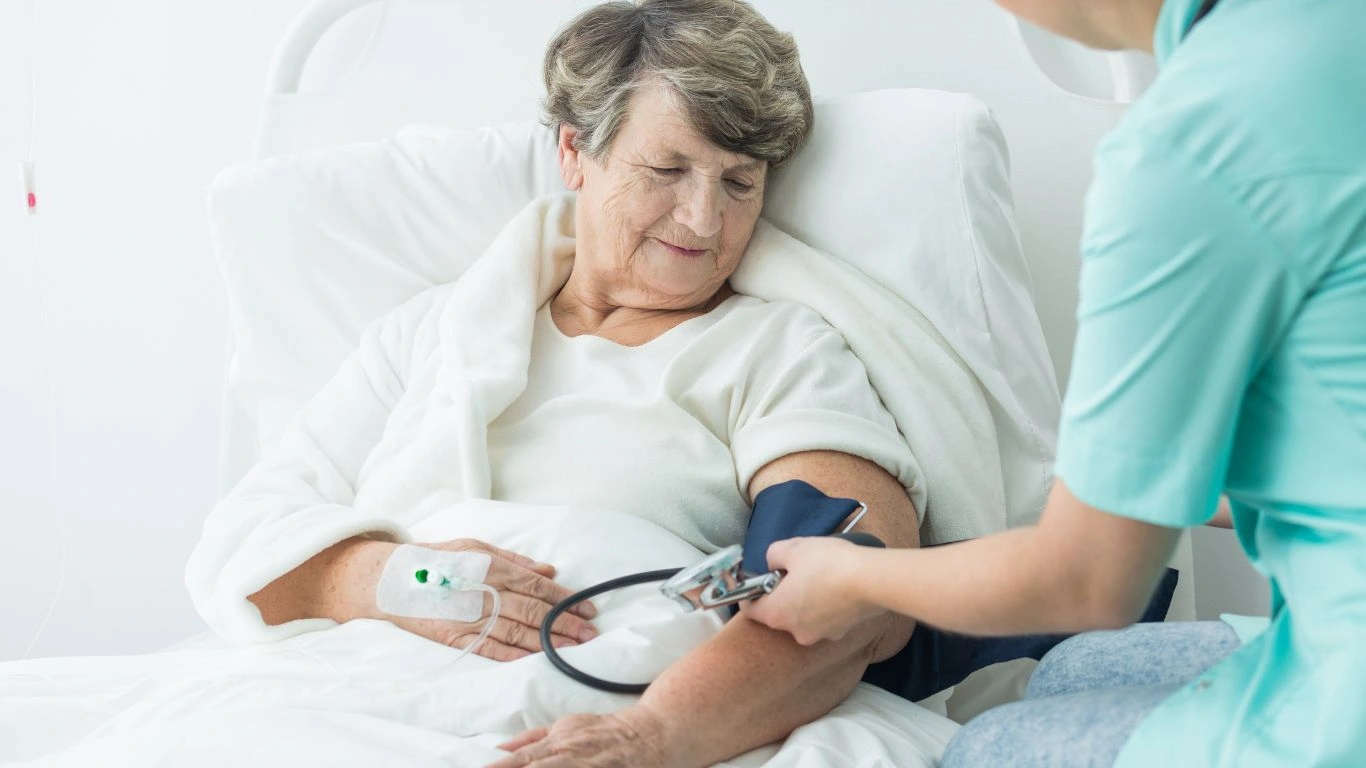
Here’s a fun fact I always love sharing during visits — listening to relaxing music can literally slow your heart rate and lower your blood pressure. No joke. There’s research behind it, and I’ve watched it happen in real time during biofeedback sessions with patients. Music is medicine. And the best part? It’s free and completely portable.
Creating a Healing Soundtrack
Try building a custom playlist that helps you unwind. You’ll want something with a slow tempo, minimal lyrics, and gentle rhythms. Think instrumental jazz, lo-fi beats, classical piano, or even ambient nature sounds. I personally keep a “calm clinic” playlist running in my office — helps both me and the patients chill out.
- Start or end your day with music: Even 10-15 minutes can shift your nervous system into a parasympathetic (restful) state.
- Sing or play an instrument: Don’t underestimate the power of creative expression.
- Use music during routine tasks: Cooking, cleaning, or even brushing your teeth becomes more soothing with background tunes.
One of my patients, a former drummer, got back into music during his hypertension treatment plan. He built a tiny home studio in his garage, and now plays a 20-minute “beat therapy” session every morning. He swears it works better than his morning coffee (and his BP numbers agree).
6. Gentle Indoor Movement: Tai Chi, Stretching & Yoga
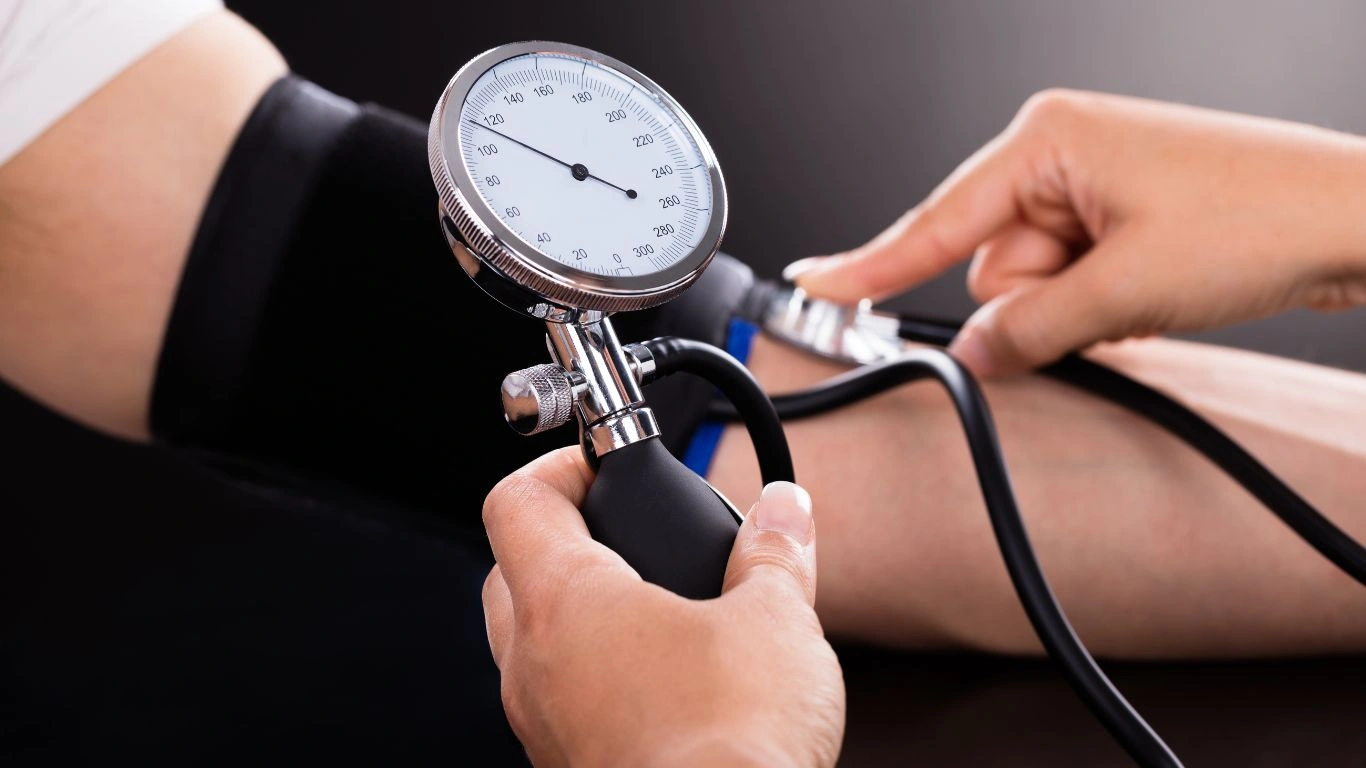
We’ve all heard about the benefits of exercise for heart health — but let’s be honest, not everyone’s up for HIIT workouts or hitting the treadmill. And that’s okay. Movement doesn’t have to be intense to be effective, especially when the goal is reducing stress and blood pressure.
This is where gentle, intentional movement shines. Practices like tai chi, light yoga, and mindful stretching are fantastic indoor hobbies that calm both the body and the brain. They encourage slower breathing, increase flexibility, and help quiet racing thoughts — a triple win for hypertensives.
The Slow Power of Stillness
- Tai Chi: Often called “meditation in motion,” it improves balance, lowers cortisol, and supports cardiovascular function.
- Restorative Yoga: Focuses on deep relaxation and breathwork — not fancy poses.
- Morning stretch routines: Simple, consistent movements to start your day grounded and relaxed.
I once ran a BP support group, and we held a “Try Tai Chi” session with a local instructor. Half the group came in skeptical, arms crossed. By the end, they were all asking for the video link and signing up for weekly classes. One participant lowered her systolic BP by 18 points over six weeks, just from tai chi and better sleep. No med changes. Just breath, movement, and some time for herself.
Pairing Movement with Mindfulness
When these practices are paired with breath awareness, they work like a natural beta blocker — slowing heart rate, reducing anxiety, and shifting the body into a healing state. You don’t need a yoga mat or special gear. Just space, quiet, and about 20 minutes.
As a doc, I’m all about science-backed solutions. But I’m also a big believer in joy, creativity, and human connection. And that’s what these best indoor hobbies to reduce hypertension offer — a way to lower your numbers while raising your quality of life. It’s not just about what you do; it’s how it makes you feel. And that, my friend, is the heart of good medicine.
7. Journaling: Mental Unloading for Heart Health
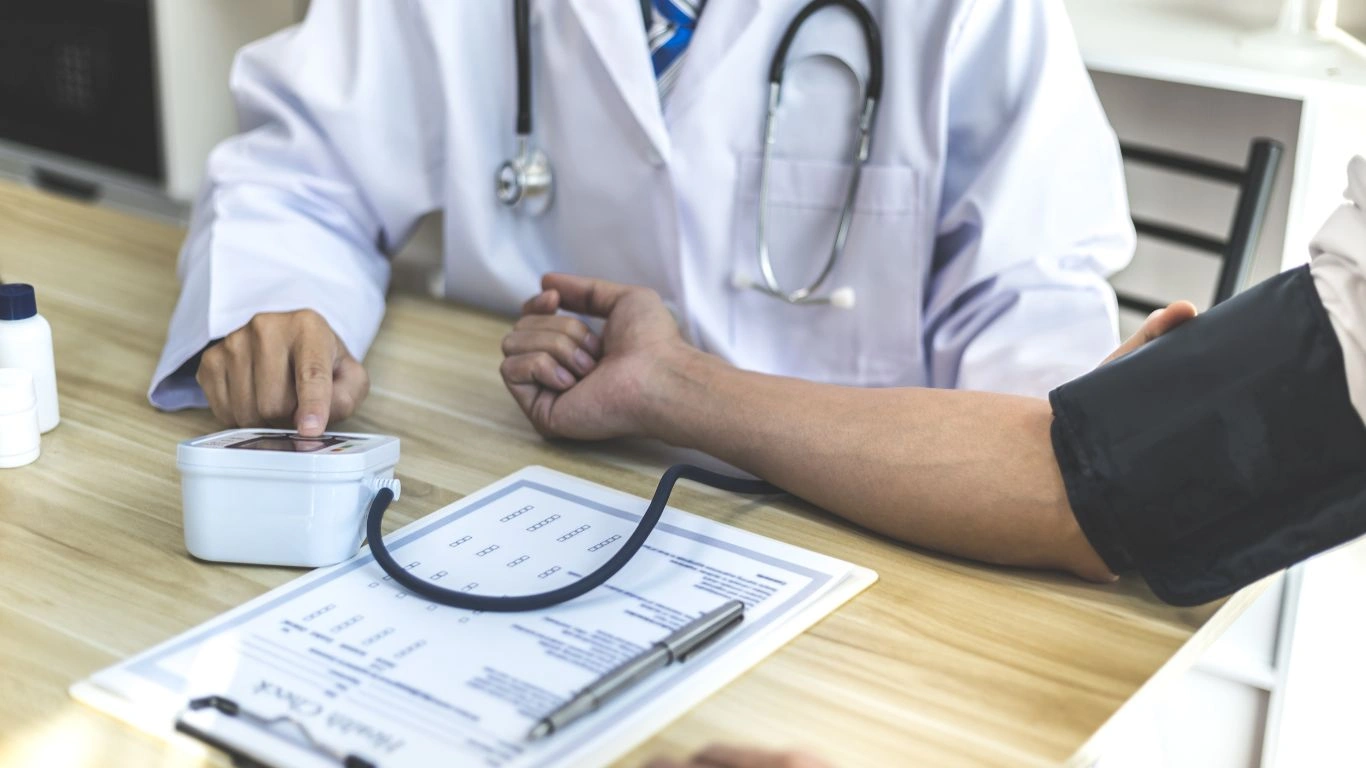
If I had a dollar for every time I recommended journaling to a stressed-out patient, I’d probably be writing this from a beach somewhere. But seriously, the act of writing things down — your thoughts, worries, wins, gratitude — is hugely underrated when it comes to reducing mental clutter and lowering blood pressure.
There’s something powerful about transferring emotions from your head to paper. It’s a way of processing stress, not just bottling it up. I’ve had patients who say journaling feels like a conversation with themselves. They get to vent without judgment and walk away feeling lighter. That kind of emotional release? Pure gold for BP control.
Easy Ways to Start
- Gratitude journaling: Just three things each day you’re thankful for can boost mood and reduce stress hormones.
- Stream-of-consciousness writing: Set a timer for 10 minutes and write whatever comes to mind — no filters, no editing.
- Prompted journals: There are tons of guided journals out there with daily questions to spark self-reflection.
One of my patients, who had trouble falling asleep due to racing thoughts, started a nighttime journaling ritual. Within a week, she was sleeping better and reporting calmer mornings. Bonus? Her morning BP readings started trending down, too.
8. Board Games and Brain Boosters
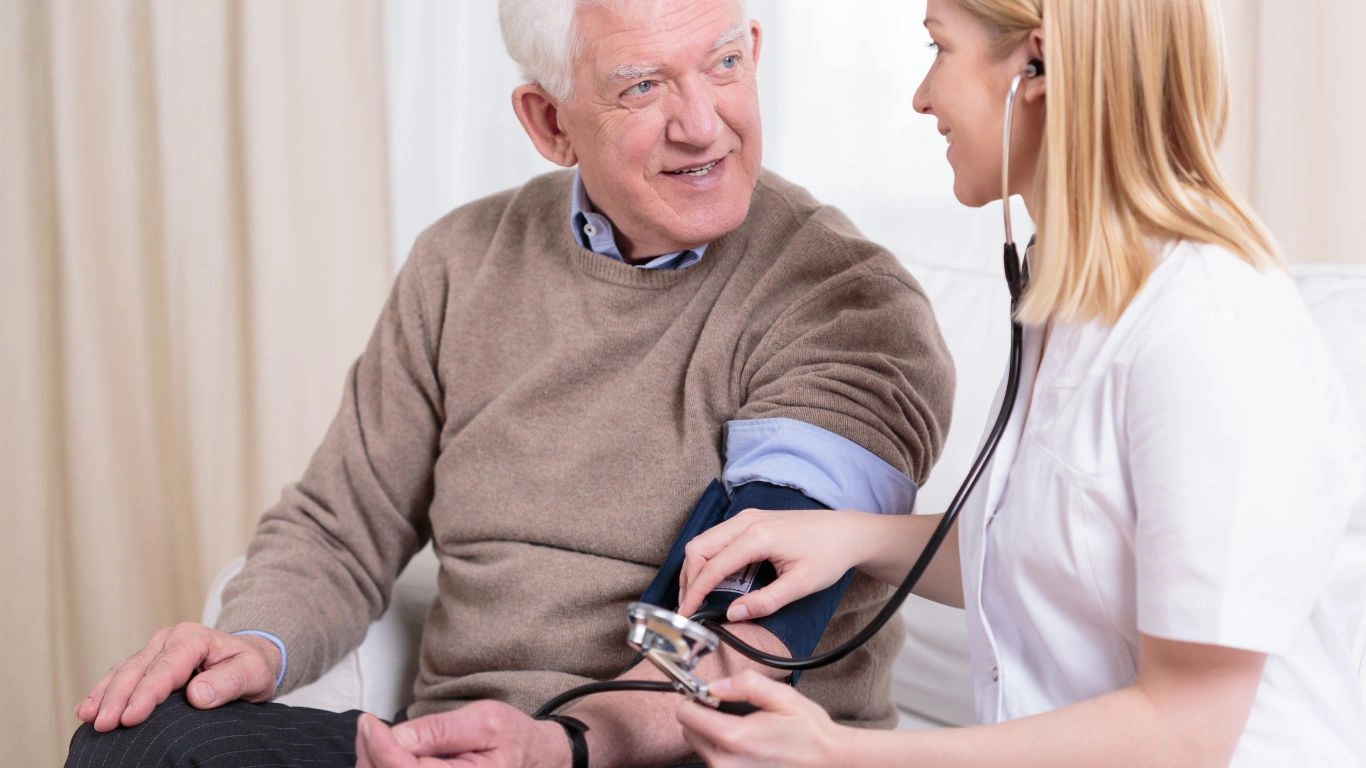
Let’s not forget the power of good old-fashioned fun. Board games — especially the cooperative or strategic kind — offer mental stimulation, social connection, and an escape from daily worries. And you don’t need a crowd; even two-player games or solo puzzles like Sudoku or crosswords can have big benefits.
Cognitive stimulation has been linked to better blood pressure regulation, particularly in older adults. The brain and the heart are more connected than we sometimes realize. When your mind is focused, engaged, and enjoying itself, your stress responses take a backseat. That’s a win for your heart.
Top Picks for Hypertension-Friendly Game Nights
- Chess or checkers: Classic, thoughtful, and great for mindfulness.
- Co-op board games like Pandemic or Forbidden Island: Less competitive, more teamwork — which fosters positive connection.
- Trivia or word games: Boost cognitive skills and are often full of laughter, which is another BP-lowering magic trick.
One of my retired patients started a weekly game night with his grandkids. He told me, “They teach me slang, I teach them strategy.” Not only did his BP improve, but his mood and energy levels spiked, too. Heartwarming and heart-healthy — can’t beat that combo.
9. DIY Projects: Create, Build, and Breathe
There’s something immensely satisfying about working with your hands. Whether it’s woodworking, building a model airplane, upcycling furniture, or making candles — DIY hobbies bring a sense of purpose and achievement. That feeling of accomplishment? It’s a natural stress antidote.
Even small projects can be surprisingly meditative. You get into a flow state where the world quiets down and your mind focuses. I often recommend DIY hobbies to patients who say they feel restless or anxious — especially if they’re tactile learners or love solving problems.
Simple DIY Ideas for Beginners
- Candle or soap making: Easy to start, and the process is both creative and calming.
- Woodworking kits: Many stores sell beginner kits that walk you through small builds like shelves or planters.
- Repurposing old furniture: A great way to de-stress, save money, and personalize your space.
One of my more introverted patients found peace in refurbishing vintage radios. Not only did it keep his hands and mind busy, but he also started selling them online — turning stress relief into a side hustle. Win-win!
Putting It All Together: A Lifestyle, Not a To-Do List
Here’s the thing — you don’t have to do all of these. Even just one indoor hobby, done consistently and with joy, can start making a difference in your blood pressure journey. The key is finding something that fits your vibe, not forcing yourself into someone else’s routine.
These best indoor hobbies to reduce hypertension aren’t just about distraction; they’re about engagement. Mind, body, and spirit all get a little TLC. And from my experience — both as a physician and a hobby-happy human — the most effective interventions are the ones you actually enjoy.
So go ahead, light that candle, roll the dice, scribble in that journal, or sing off-key in your kitchen. Your heart will thank you. Literally.
References
- National Institutes of Health
- Health.com
- Centers for Disease Control and Prevention
- American Heart Association
Disclaimer
This article is for informational purposes only and does not constitute medical advice. Always consult with your healthcare provider before making any lifestyle changes, especially if you have a medical condition like hypertension. While indoor hobbies can support wellness, they are not a substitute for prescribed treatment or professional medical care.

Dr. Gwenna Aazee is a board-certified Internal Medicine Physician with a special focus on hypertension management, chronic disease prevention, and patient education. With years of experience in both clinical practice and medical writing, she’s passionate about turning evidence-based medicine into accessible, actionable advice. Through her work at Healthusias.com, Dr. Aazee empowers readers to take charge of their health with confidence and clarity. Off the clock, she enjoys deep dives into nutrition research, long walks with her rescue pup, and simplifying medical jargon one article at a time.
